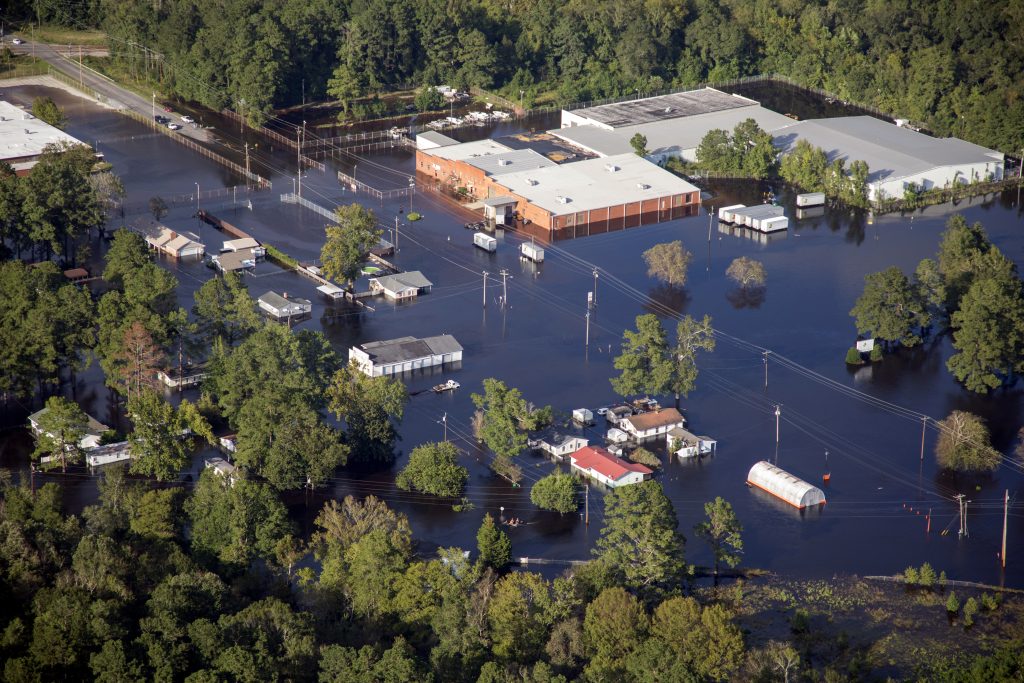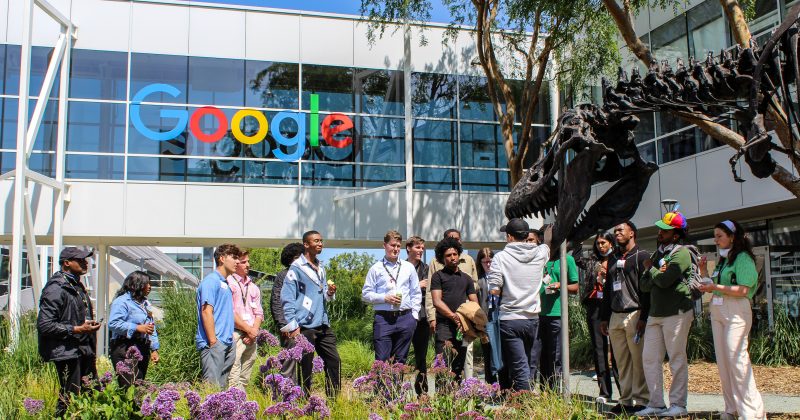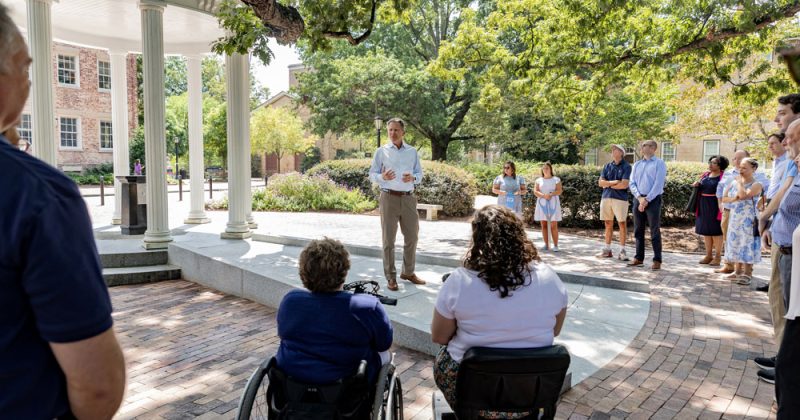
City and regional planning professor Phil Berke and colleagues developed a tool and website to help communities plan for natural disasters. (photo courtesy of the N.C. National Guard)
UNC’s Coastal Resilience Center has launched a website to help communities plan for and evaluate hazards like hurricanes and wildfires.
Natural hazards take a toll on infrastructure, the environment, the economy and the people living there. It’s not easy to rebuild or relocate a family or business. And when it comes to community planning, collaboration and communication aren’t always top of mind.
“Local governments tend to act in siloed capacities,” said Phil Berke, research professor in the department of city and regional planning in the College and a member of the center. “Planning, recovery and prevention of recurring damage require all the different parts of local government to work together.”
Berke and colleagues at Texas A&M University created the Plan Integration for Resilience Scorecard nearly 10 years ago to show gaps or conflicting efforts in a municipality’s departmental planning — like when an economic development team wants to build a new shopping center in a seemingly viable area of town that actually has a documented history of flooding.
The latest advancements to the scorecard, called PIRS, happened this past spring. With funding from the U.S. Department of Homeland Security, the Coastal Resilience Center and a partnership with the American Planning Association, PIRS got its own website. The tool, along with educational resources on how to use it, is online at planintegration.com.
Published in the Fall 2023 issue | The Scoop
Read More

Borders and boundaries
Political geographer Banu Gökarıksel directs Carolina’s popular curriculum in global…

Carolina to California
In the “Silicon Revolution” Maymester course, undergraduate students with a passion for…


